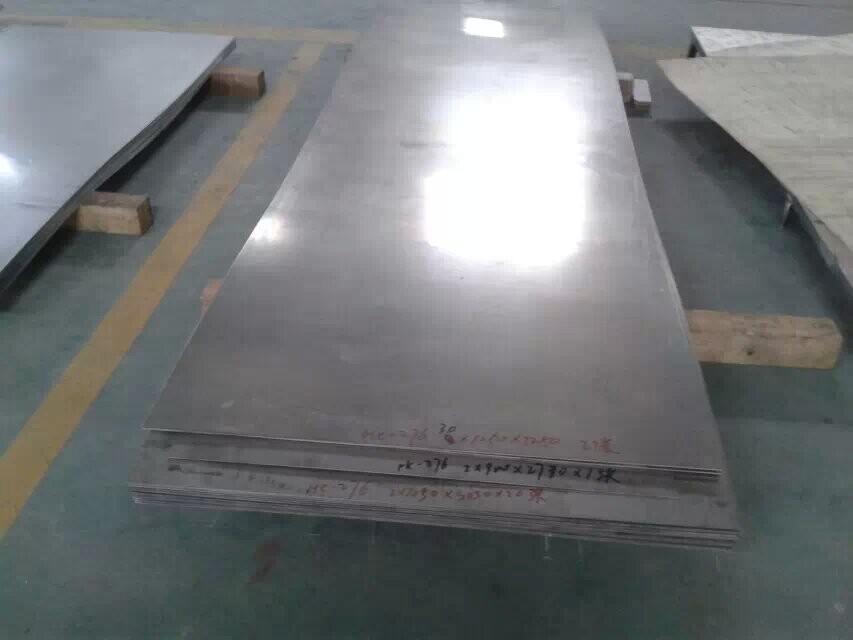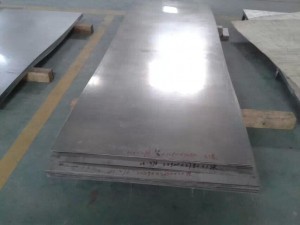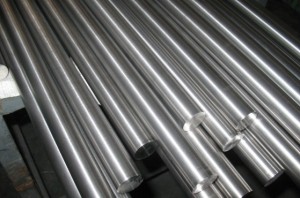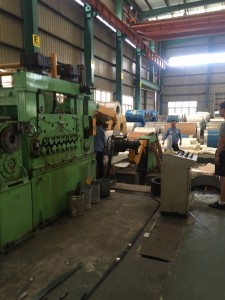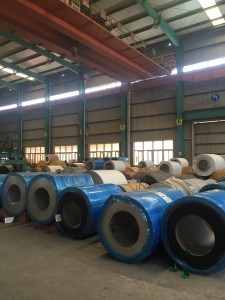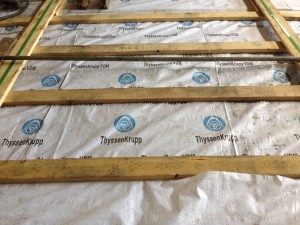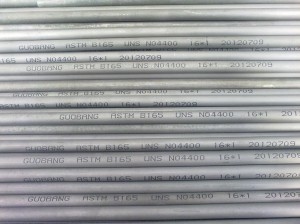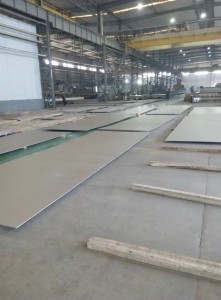N06030/G30
Short Description:
Introduction Super alloys or high performance alloys are used in environments with very high temperature above 540ºC (1000ºF) where deformation resistance and high surface stability are chiefly required. They have good oxidation and creep resistance. Cobalt-base, nickel-base and iron-base alloys are the three major types of super alloys. The iron-base super alloys are generally wrought alloys provided with stainless steel technology. Nickel-base and cobalt-base super alloys may be cast or...
Product Detail
FAQ
Product Tags
IntroductionSuper alloys or high performance alloys are used in environments with very high temperature above 540ºC (1000ºF) where deformation resistance and high surface stability are chiefly required. They have good oxidation and creep resistance. Cobalt-base, nickel-base and iron-base alloys are the three major types of super alloys. The iron-base super alloys are generally wrought alloys provided with stainless steel technology. Nickel-base and cobalt-base super alloys may be cast or wrought based on its composition or application. Super alloys can be generally forged, rolled to sheet or produced in different shapes. Highly alloyed compositions are formed as castings. They can be strengthened using hardening techniques like work hardening, solid-solution hardening and precipitation hardening. HASTELLOY(r) G30(r) alloy is corrosion resistant and has the ability to oxidize acids. The following sections will provide a detailed description of HASTELLOY(r) G30(r) alloy. Chemical CompositionThe following table shows the chemical composition of HASTELLOY(r) G30(r) alloy.
Physical PropertiesThe physical properties of HASTELLOY(r) G30(r) alloy are given in the following table.
Mechanical PropertiesThe mechanical properties of HASTELLOY(r) G30(r) alloy are given in the following table.
Thermal PropertiesThe thermal properties of HASTELLOY(r) G30(r) alloy are given in the following table.
Other DesignationsEquivalent materials to HASTELLOY(r) G30(r) alloy are the following:
Fabrication and Heat TreatmentMachinabilityHASTELLOY(r) G30(r) alloy can be machined using conventional techniques employed for iron based alloys. The quality of the alloy can be improved with the utilization of water-base coolants. Heavy duty machining tools and equipment can be used prior to cutting in order to reduce chattering or work-hardening of the alloy. FormingHASTELLOY(r) G30(r) alloy can be formed through conventional forming methods. WeldingWelding of HASTELLOY(r) G30(r) alloy is performed through commonly used welding techniques like gas tungsten arc welding, shielded metal-arc welding, metal-arc welding and submerged-arc welding. However, an alloy filler metal that suits this alloy should be used. Heat TreatmentHASTELLOY(r) G30(r) alloy is capable of being annealed. However, this alloy must be solution-annealed after hot forming in order to restore its resistance to corrosion. ForgingAs HASTELLOY(r) G30(r) alloy has good ductile property, it can be forged easily. Cold WorkingHASTELLOY(r) G30(r) alloy can be cold worked using standard tooling methods. As plain carbon steels produce galling, they are not preferred for forming HASTELLOY(r) G30(r) alloy. Galling can be minimized with the help of heavy duty lubricants. AnnealingHASTELLOY(r) G30(r) alloy can be annealed at 1177ºC (2150ºF) followed by rapid cooling of air and water quenching. HardeningHASTELLOY(r) G30(r) alloy can be hardened by cold working. ApplicationsThe following are the major applications of HASTELLOY(r) G30(r) alloy:
|
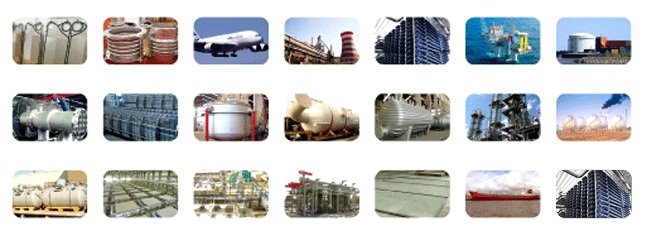
Stock
|
Form |
Specification |
Supply Form |
Others |
|
Sheet |
Thickness |
FAQ Content

